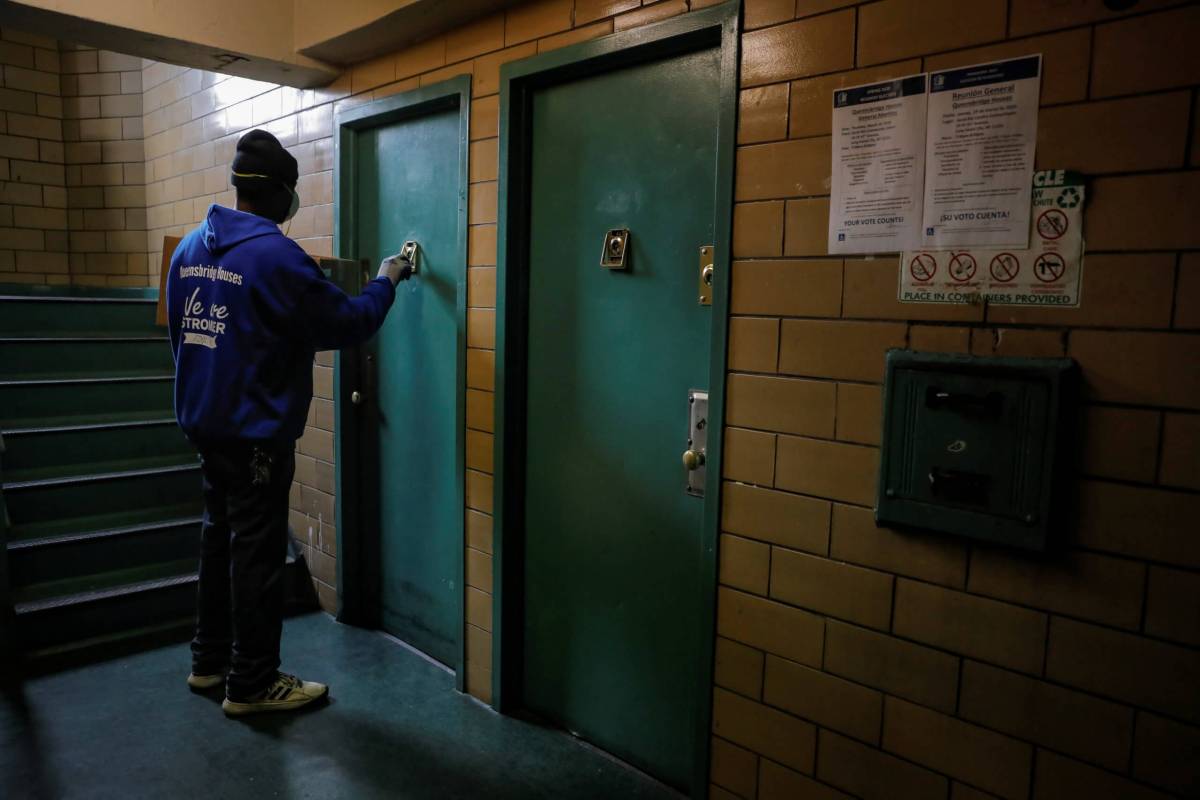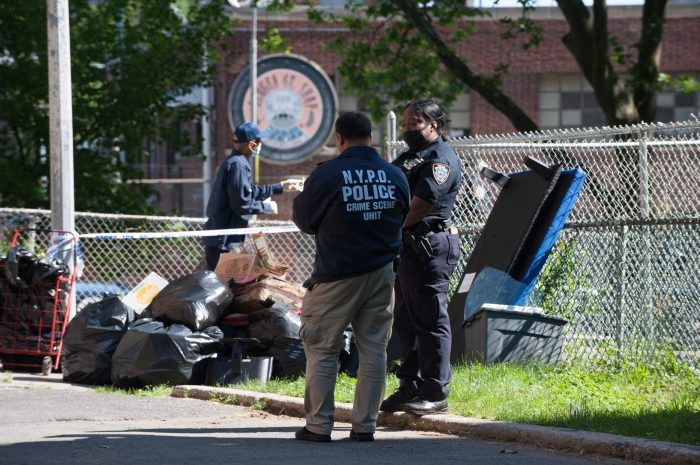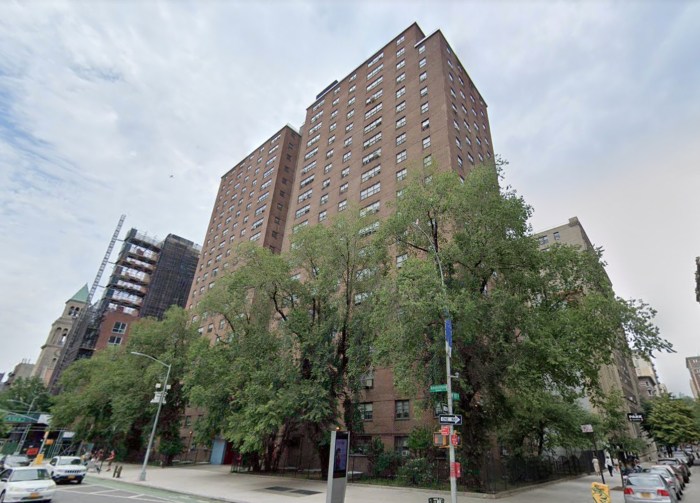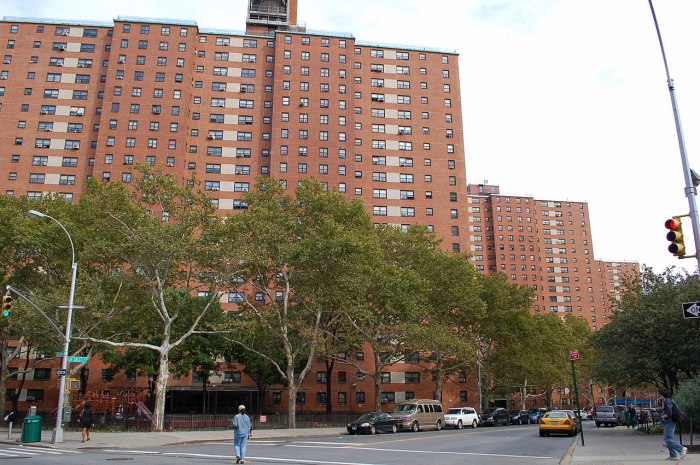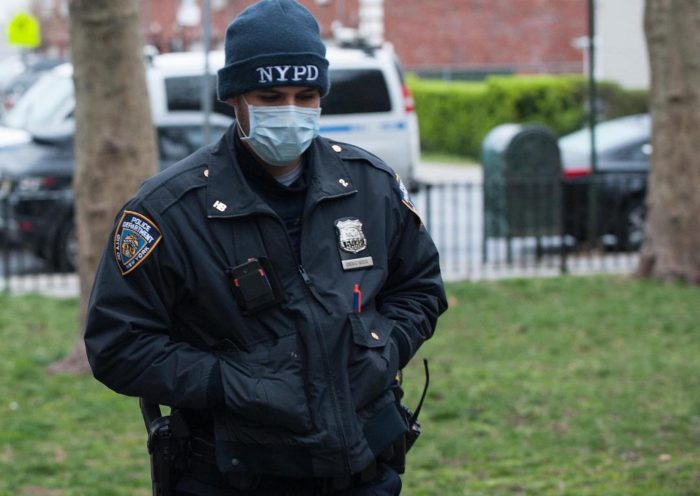The city’s public housing system took yet another blow Thursday when a Department of Investigation report revealed that the New York City Housing Authority violated numerous lead paint abatement regulations over a five-year period.
Between at least 2013 and 2018, the report concluded, NYCHA’s Lead Unit failed to follow various protocol when it comes to removing the toxic paint from apartment buildings across the city.
The DOI report, based on a joint investigation by the agency as well as the federal EPA and Department of Housing and Urban Development, concluded that NYCHA “failed to ensure” that abatement jobs were properly overseen by EPA-certified lead supervisors who are essential toward complying with safety regulations.
NYCHA also neglected to ensure that the EPA received proper notification of abatement activity, and failed to create an occupant protection plan for each job.
The investigation also found that three of NYCHA’s lead abatement managers, who failed to properly oversee lead abatement work, falsified NYCHA executives by reporting compliance with EPA regulations, going as far as to sign 163 work orders with the false signatures of an EPA-certified lead supervisor.
One of the three managers involved in the scheme was suspended by NYCHA for 30 days without pay; the other two managers retired in 2018.
“In this case, NYCHA managers involved in the lead abatement process had a total disregard for the facts, for the law and integrity,” DOI Commissioner Margaret Gamett said, “and, most importantly, for the well-being of NYCHA residents. NYCHA needs to ensure that individuals in positions of authority and supervision are doing their jobs and doing them correctly.”
The report, when presented to NYCHA, included 16 policy and procedural recommendations for the authority to impose. According to the DOI, the authority implemented seven such recommendations and six others are awaiting implementation.
The changes included alterations to NYCHA’s lead abatement program, such as consolidating units to improve communication and oversight. All lead abatement work is now assigned an EPA-certified supervisor who must be on site for the entire job, from set-up to cleanup.
“As stated by the Inspector General, NYCHA cooperated with this investigation and has made significant systemic changes to its lead abatement program,” said NYCHA Chief Communications Officer Barbara Brancaccio. “NYCHA continues to work with the Federal Monitor to establish the highest standards for its policies and programs, not only to fulfill the terms of the 2019 HUD Agreement and bring the Authority into compliance but also to rebuild a culture of employee service and accountability; regain resident, employee, and public trust; and ensure this never happens again.”
Lead-based paint was used in numerous NYCHA buildings developed until 1960, when New York City outlawed its use. Inhalation of lead dust or consumption of lead paint chips has been known to cause behavioral and/or developmental problems among children.



